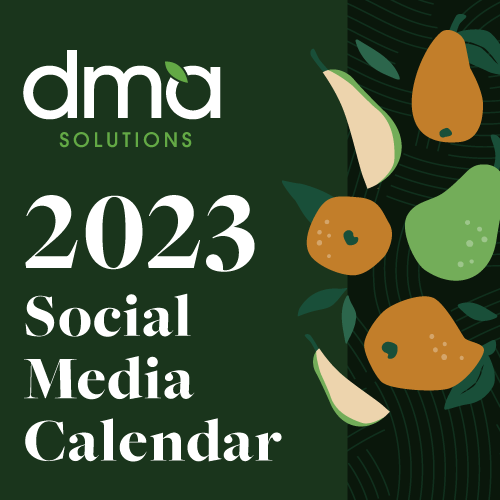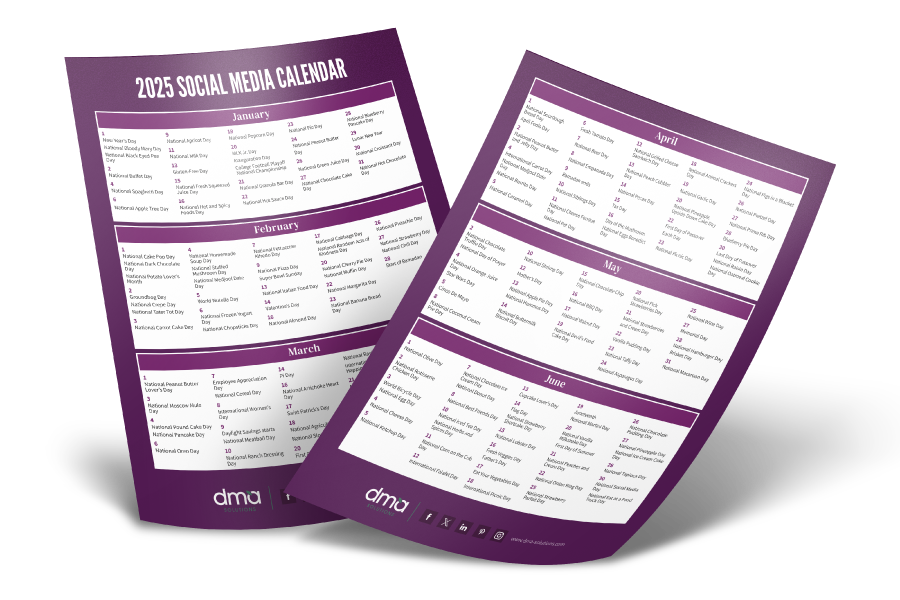In the last year, we’ve seen influencer marketing change drastically. From exponential growth in the number of influencers on Instagram to increased budgets to meet the demands of said influencers, this is an ever changing landscape that we as fresh produce marketers must keep up with if we want to stay relevant with consumers. Thankfully, a significant number of marketers are starting to see the value of influencer marketing as a viable resource for reaching their target audiences. Of course, with anything positive there are negatives to keep an eye out for. Below are important facts about influencer partnerships that marketers should consider before integrating this strategy into their brands’ marketing campaigns.
Influencer Marketing: What you need to know.
Influencers: Benefits
1. People are often more likely to purchase a product after seeing it recommended by an influencer.
How many times have you phoned a friend to ask what they would use in a given scenario? As consumers, we trust a third-party’s review and are more inclined to try it ourselves after living vicariously through their experience. Influencers continuously work to earn the trust of their readers and impact their decision-making—so why not tap into that?
2. People are more likely to follow a brand directly from an influencer’s post, especially one they trust.
What better way to increase your online presence than with an influencer! A brand certainly can be propelled in the space they are trying to occupy by this driving factor, in addition to complementary digital marketing efforts. With social media creating a space for people to engage with a brand in various methods, this means more impressions, and ultimately, more contact points.
3. Most people follow influencers on multiple platforms, which can increase brand awareness and engagement.
By following an influencer on multiple platforms, people are able to engage with a brand in various ways. This allows consumers to have a more rounded view of the brand, since each platform is unique in how people choose to share information. Either way, this is excellent brand exposure.
Influencers: Things to Consider
1. People will unfollow influencers (and brands) that do not feel genuine or authentic.
For a consumer to trust an influencer’s recommendation, they must feel that the influencer genuinely likes and uses the brand. This can be quite difficult in this world where influencer’s have essentially taken over the traditional advertising space. When deciding on an influencer to use, it’s crucial that you put sound strategy behind your partnerships to make sure the relationship feels natural and the content does not seem forced.
2. #ad and #partner can turn off some consumers.
The FTC has changed the rules and regulations for influencers, and now requires them to be even more up-front about their paid posts. This can deter people from following certain influencers, especially if all their content includes #ad (see next note). However, readers are usually aware that an influencer’s blog is their business and means of income. Loyal readers will still trust the blogger’s opinion, regardless of whether the post is sponsored or not.
3. Too much sponsored content can lead to an unfollow.
While genuine enthusiasm is welcomed, there is a tasteful way to get a point across without bombarding your audience. For the most part, none of us are looking to constantly be sold to on our social media pages. There is an obtainable “sweet spot” for sprinkling in (rather than dumping) sponsored content on an audience that still will be highly effective for building your brand.
Influencer marketing can be a very powerful tool for building your brand. However, keep in mind that success will require a sound underlying strategy based on data and strong relationships with authentic influencers. If your brand is considering influencer marketing, we would love to help! Follow us on Twitter at @TheCoreBlog for more marketing insight or schedule a free consulatation.
{{cta(‘3de60b2b-1bb3-4585-b10b-c5a1f259a5f1’)}}












